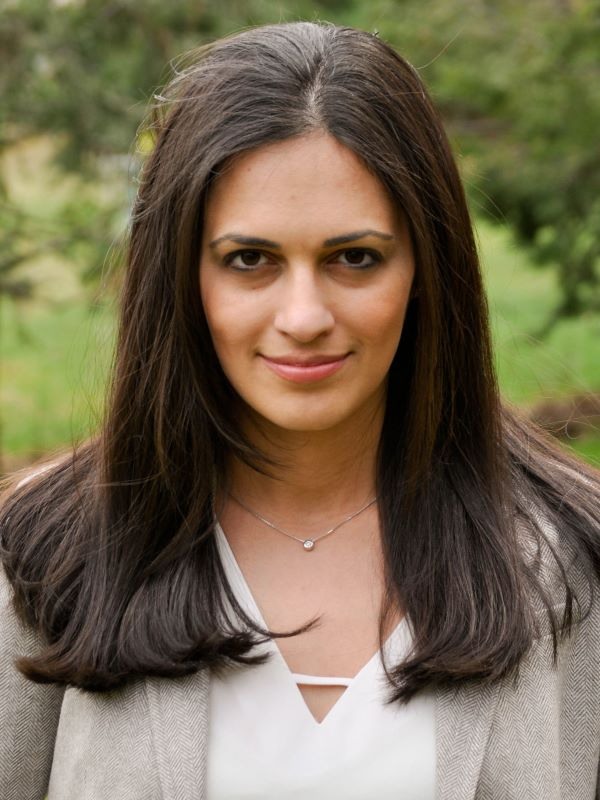
STC for Quantitative Cell Biology / Biological Physics (iPoLS) Seminar: Sara Rouhanifard
- Event Type
- Seminar/Symposium
- Sponsor
- NSF Science and Technology Center for Quantitative Cell Biology
- Location
- Beckman Institute Room 3269 (3rd Floor Tower Room)
- Virtual
- Join online
- Date
- Oct 2, 2023 1:30 pm
- Speaker
- Sara Rouhanifard, Assistant Professor, Department of Bioengineering, College of Engineering, Northeastern University, Boston, MA.
- Contact
- Sharlene Denos
- denos@illinois.edu
- Views
- 99
Title: “Developing tools for single-molecule sequencing and imaging of RNA modifications.”
Mammalian cells expend large amounts of energy into generating >100 different enzyme-mediated RNA chemical modifications that can change the base-pairing, RNA secondary and tertiary structures, or recruitment of RNA binding proteins among many functions. Pseudouridine modified mRNAs are more resistant to RNAse-mediated degradation and have the potential to modulate immunogenicity and enhance translation in vivo. However, scientists have yet to understand the precise biological function of pseudouridine on mRNAs due to a lack of tools for their direct detection and quantification.
Dr. Rouhanifard’s team has recently developed an algorithm for identifying pseudouridylated sites directly on mammalian mRNA transcripts using nanopore sequencing. Dr. Rouhanifard’s team achieved this by exploiting systematic base-calling errors that occur at pseudouridylated sites as a function of deviations in the current signals for k-mers as well as long, synthetic mRNA controls bearing pseudouridines. The team created an important list of “ground truth”, pseudouridylated sites, and uncovered previously unreported, pseudouridylated sites. Using their algorithm, the team classifies types of pseudouridine hyper-modification that may occur on mRNAs: Type 1 is mRNA sites with high occupancy; Type 2 is mRNAs that may have >1 pseudouridine on a single read. Using their algorithm and pipeline, Dr. Rouhanifard’s team observed that; 1. Pseudouridine sites in the human transcriptome may be conserved or differentially expressed across cell types, and 2. Pseudouridine modifications are dynamically regulated in response to differentiation.